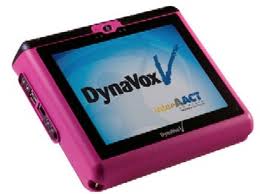Lesson is from: http://www.readwritethink.org/classroom-resources/lesson-plans/gist-summarizing-strategy-content-290.html?tab=4#tabs
2. Using the UDL Educator Worksheet as a guide, write a report, utilizing tables, to organize the information you identified above.
| Instructional Activities
(what the teacher uses): The teacher is using newspaper articles and is having students summarize the articles using the 5 Ws( Who, What, When, Where, and Why). Students use the GIST template to complete their summary. |
Location in Lesson (Intro, Through, Beyond)
Through |
Potential Barriers:
Students may have a hard time picking up the 5 Ws and key information, even using the template. Students may also have a hard time focusing on the article or may easily lose their place. |
UDL Remedies
|
Principle that is addressed
|
The UDL components of this lesson make the classroom more accessible for all students. UDL is all about meeting the needs of individual learners. It emphasizes providing multiple means of representation, providing multiple means of action and expression, and providing multiple means of engagement. This impacts my future teaching and lesson planning because UDL is a key component of being an effective teacher. I want to try to use several UDL principles in every lesson I teach. I know this will require more time, creativity, and energy, but I believe it is worth the extra time. I believe it will be worth the extra time because it will provide a classroom where everyone can thrive as learners. I do not want my classroom to only benefit one type of learner, and using the UDL principles will insure that does not happen.
